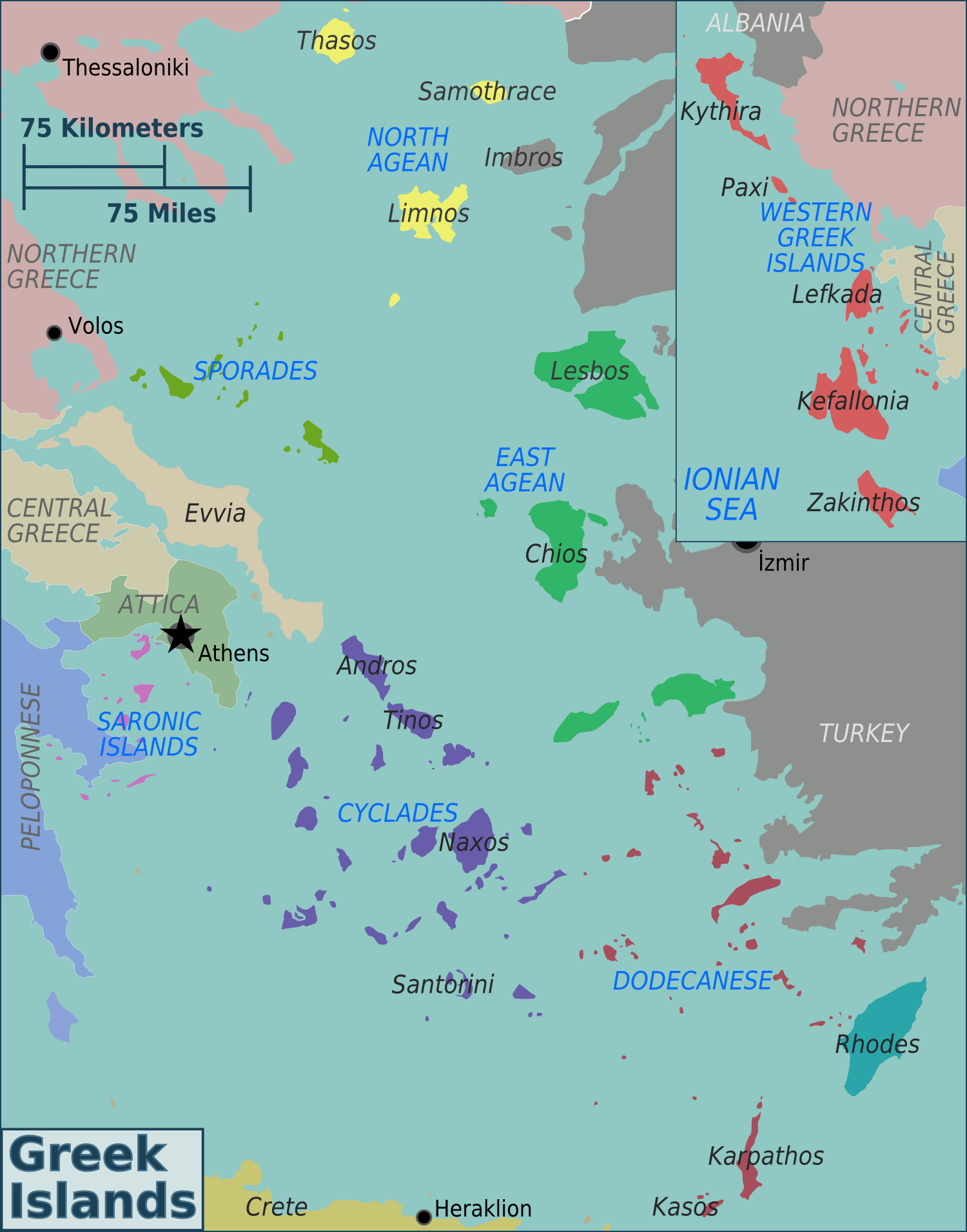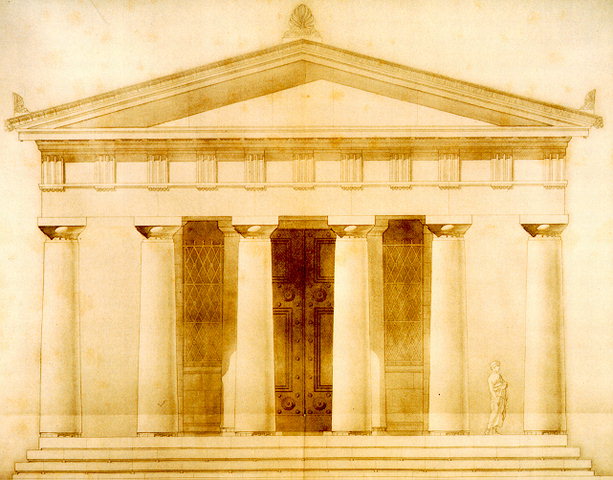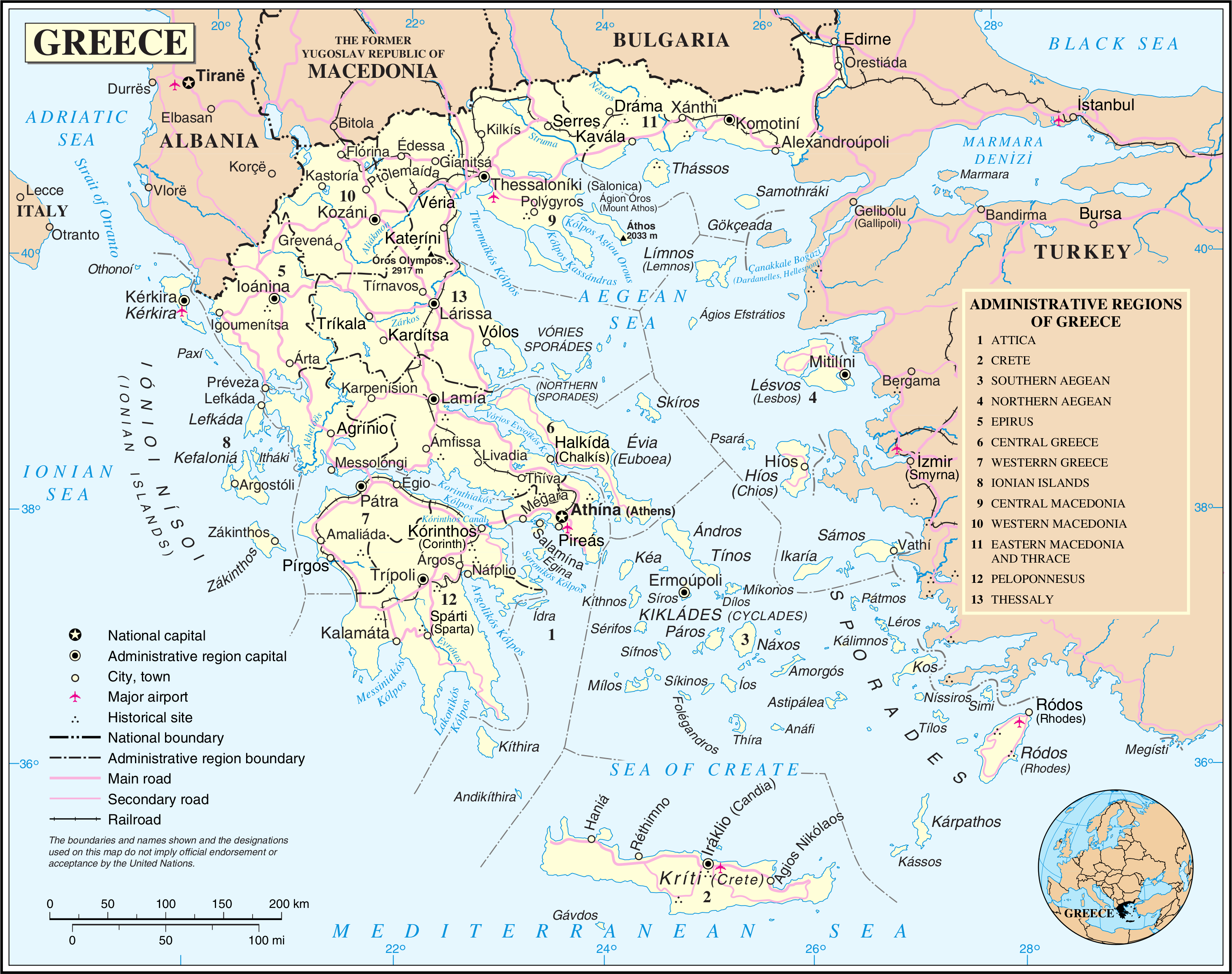|
Paximadia
Paximadia ( el, Παξιμάδια, "rusks") are two small uninhabited islands in the gulf of Mesara located approximately south of Agia Galini in Rethymno regional unit. They are in the Libyan Sea next to the southern coast of Crete. Due to their proximity to one another, the two islands appear as one from a distance. Name Locals often refer to the islands as ''Elephantaki'' because it looks like a baby elephant that is lying down, in the water, with its trunk facing west. The name attributed to the islands today is due to their resembling dry Cretan biscuit known as ''Paximadi'' (the plural being ''Paximadia''). In ancient Crete they were also known as ''Dionysioi'' after the god Dionysus and also as ''Letoai'' or ''Letoa'' ( grc, Λητῴα) after the goddess Leto who was worshipped at Phaistos, where she was also known as ''Fitii'' in ancient times. Mythology In Cretan mythology it is believed that the goddess Leto gave birth to the god Apollo and the goddess Artemis on ... [...More Info...] [...Related Items...] OR: [Wikipedia] [Google] [Baidu] |
Crete
Crete ( el, Κρήτη, translit=, Modern: , Ancient: ) is the largest and most populous of the Greek islands, the 88th largest island in the world and the fifth largest island in the Mediterranean Sea, after Sicily, Sardinia, Cyprus, and Corsica. Crete rests about south of the Greek mainland, and about southwest of Anatolia. Crete has an area of and a coastline of 1,046 km (650 mi). It bounds the southern border of the Aegean Sea, with the Sea of Crete (or North Cretan Sea) to the north and the Libyan Sea (or South Cretan Sea) to the south. Crete and a number of islands and islets that surround it constitute the Region of Crete ( el, Περιφέρεια Κρήτης, links=no), which is the southernmost of the 13 top-level administrative units of Greece, and the fifth most populous of Greece's regions. Its capital and largest city is Heraklion, on the north shore of the island. , the region had a population of 636,504. The Dodecanese are located ... [...More Info...] [...Related Items...] OR: [Wikipedia] [Google] [Baidu] |
List Of Islands Of Greece
Greece has many islands, with estimates ranging from somewhere around 1,200 to 6,000, depending on the minimum size to take into account. The number of inhabited islands is variously cited as between 166 and 227. The largest Greek island by area is Crete, located at the southern edge of the Aegean Sea. The second largest island is Euboea or Evvia, which is separated from the mainland by the 60m-wide Euripus Strait, and is administered as part of the Central Greece region. After the third and fourth largest Greek islands, Lesbos and Rhodes, the rest of the islands are two-thirds of the area of Rhodes, or smaller. The Greek islands are traditionally grouped into the following clusters: the Argo-Saronic Islands in the Saronic Gulf near Athens; the Cyclades, a large but dense collection occupying the central part of the Aegean Sea; the North Aegean islands, a loose grouping off the west coast of Turkey; the Dodecanese, another loose collection in the southeast between Crete ... [...More Info...] [...Related Items...] OR: [Wikipedia] [Google] [Baidu] |
Artemis
In ancient Greek mythology and Ancient Greek religion, religion, Artemis (; grc-gre, Ἄρτεμις) is the goddess of the hunt, the wilderness, wild animals, nature, vegetation, childbirth, Kourotrophos, care of children, and chastity. She was heavily identified with Selene, the Moon, and Hecate, another Moon goddess, and was thus regarded as one of the most prominent lunar deities in mythology, alongside the aforementioned two.Smiths.v. Artemis/ref> She would often roam the forests of Greece, attended by her large entourage, mostly made up of nymphs, some mortals, and hunters. The goddess Diana (mythology), Diana is her Religion in ancient Rome, Roman equivalent. In Greek tradition, Artemis is the daughter of the sky god and king of gods Zeus and Leto, and the twin sister of Apollo. In most accounts, the twins are the products of an extramarital liaison. For this, Zeus' wife Hera forbade Leto from giving birth anywhere on land. Only the island of Delos gave refuge to Le ... [...More Info...] [...Related Items...] OR: [Wikipedia] [Google] [Baidu] |
Leto
In ancient Greek mythology and religion, Leto (; grc-gre, Λητώ , ''Lētṓ'', or , ''Lātṓ'' in Doric Greek) is a goddess and the mother of Apollo, the god of music, and Artemis, the goddess of the hunt.Hesiod, ''Theogony'404–409/ref> She is the daughter of the Titans Coeus and Phoebe, and the sister of Asteria. In the Olympian scheme, the king of gods Zeus is the father of her twins, Apollo and Artemis, which Leto conceived after her hidden beauty accidentally caught the eye of Zeus. Classical Greek myths record little about Leto other than her pregnancy and search for a place where she could give birth to Apollo and Artemis, since Hera, the wife of Zeus, in her jealousy ordered all lands to shun her and deny her shelter. Hera is also usually the one to have sent the monstrous Python, a giant serpent, against Leto to pursue and harm her. Leto eventually found an island, Delos, that was not joined to the mainland or attached to the ocean floor, therefore it was not ... [...More Info...] [...Related Items...] OR: [Wikipedia] [Google] [Baidu] |
Preveli
Preveli (Greek language, Greek Πρέβελη) is a location on the south coast of the Greece, Greek island of Crete, in the Rethymno (regional unit), Rethymno regional unit, notable for its monastery. Preveli Monastery The Holy Stauropegic, Stavropegiac and Patriarchal Preveli Monastery of St. John the Theologian, known as the Monastery of Preveli, comprises two main building complexes, the ruined Lower Monastery of St. John the Baptist, and the currently operational Upper (Rear) Monastery of St. John the Theologian. The monastery was probably founded in the Middle Ages, during the occupation of Crete by the Republic of Venice, its founder being a feudal lord named Prevelis. It developed over several centuries as a religious and cultural centre for the local population. After the Ottoman Turkish occupation of the island, Abbot Melchissedek Tsouderos led a group of rebels in the Greek War of Independence in 1821, one result of which was that the monastery was destroyed, but l ... [...More Info...] [...Related Items...] OR: [Wikipedia] [Google] [Baidu] |
Uninhabited Islands Of Crete
The list of uninhabited regions includes a number of places around the globe. The list changes year over year as human beings migrate into formerly uninhabited regions, or migrate out of formerly inhabited regions. List As a group, the list of uninhabited places are called the "nonecumene". This is a special geography term which means the uninhabited area of the world. * Virtually all of the Ocean *Virtually all of Antarctica *Most of The Arctic *Most of Greenland *Most of The Sahara * Antipodes Islands * Ashmore and Cartier Islands * Bajo Nuevo Bank * Baker Island * Ball's Pyramid * Balleny Islands * Big Major Cay * Bouvet Island * Much of the interior of Brazil * Caroline Island * Clipperton Island * The semi-arid regions and deserts of Australia * Devon Island * Much of Eastern Oregon * Elephant Island * Elobey Chico * Ernst Thälmann Island * Much of Fiordland, New Zealand * Goa Island Goa Island ( pt, Ilha de Goa, lit=Island of Goa), locally known as ''Wató ... [...More Info...] [...Related Items...] OR: [Wikipedia] [Google] [Baidu] |
Landforms Of Rethymno (regional Unit)
A landform is a natural or anthropogenic land feature on the solid surface of the Earth or other planetary body. Landforms together make up a given terrain, and their arrangement in the landscape is known as topography. Landforms include hills, mountains, canyons, and valleys, as well as shoreline features such as bays, peninsulas, and seas, including submerged features such as mid-ocean ridges, volcanoes, and the great ocean basins. Physical characteristics Landforms are categorized by characteristic physical attributes such as elevation, slope, orientation, stratification, rock exposure and soil type. Gross physical features or landforms include intuitive elements such as berms, mounds, hills, ridges, cliffs, valleys, rivers, peninsulas, volcanoes, and numerous other structural and size-scaled (e.g. ponds vs. lakes, hills vs. mountains) elements including various kinds of inland and oceanic waterbodies and sub-surface features. Mountains, hills, plateaux, and plains are the fou ... [...More Info...] [...Related Items...] OR: [Wikipedia] [Google] [Baidu] |
Klaus Modick
Klaus Modick (born 3 May 1951) is a German author and literary translator. Education and early career Klaus Modick was born in Oldenburg and completed his secondary education at the Altes Gymnasium there in 1971. He then attended Hamburg University, where he read German, History and Educational Theory, completing his teaching qualification in 1977. Modick then took a doctorate in 1980, with a thesis on the German-Jewish novelist and playwright Lion Feuchtwanger. Modick spent five years as an advertising copywriter and worked as a part-time lecturer in German literature in the higher education sector before becoming a freelance writer and translator in 1984. In 1984 he married an American citizen he met during one of his frequent visits to Crete and they have two daughters. Modick has said that he feels a special affinity with Crete and its people and in 2003 he published the novel ''Der kretische Gast,'' set in 1943 during the German occupation of Crete''.'' Established wri ... [...More Info...] [...Related Items...] OR: [Wikipedia] [Google] [Baidu] |
Apollo
Apollo, grc, Ἀπόλλωνος, Apóllōnos, label=genitive , ; , grc-dor, Ἀπέλλων, Apéllōn, ; grc, Ἀπείλων, Apeílōn, label=Arcadocypriot Greek, ; grc-aeo, Ἄπλουν, Áploun, la, Apollō, la, Apollinis, label=genitive, , ; , is one of the Twelve Olympians, Olympian deities in Ancient Greek religion, classical Greek and Ancient Roman religion, Roman religion and Greek mythology, Greek and Roman mythology. The national divinity of the Greeks, Apollo has been recognized as a god of archery, music and dance, truth and prophecy, healing and diseases, the Sun and light, poetry, and more. One of the most important and complex of the Greek gods, he is the son of Zeus and Leto, and the twin brother of Artemis, goddess of the hunt. Seen as the most beautiful god and the ideal of the ''kouros'' (ephebe, or a beardless, athletic youth), Apollo is considered to be the most Greek of all the gods. Apollo is known in Greek-influenced Etruscan mythology as ' ... [...More Info...] [...Related Items...] OR: [Wikipedia] [Google] [Baidu] |
Phaistos
Phaistos ( el, Φαιστός, ; Ancient Greek: , , Minoan: PA-I-TO?http://grbs.library.duke.edu/article/download/11991/4031&ved=2ahUKEwjor62y3bHoAhUEqYsKHZaZArAQFjASegQIAhAB&usg=AOvVaw1MwIv3ekgX-SxkJrbORipd ), also transliterated as Phaestos, Festos and Latin Phaestus, is a Bronze Age archaeological site at modern Faistos, a municipality in south central Crete. Ancient Phaistos was located about east of the Mediterranean Sea and south of Heraklion, the second largest city of Minoan Crete. The name Phaistos survives from ancient Greek references to a city in Crete of that name at or near the current ruins. The name is substantiated by the coins of the classical city. They display motifs such as Europa sitting on a bull, Talos with wings, Heracles without beard and being crowned, and Zeus in the form of a naked youth sitting on a tree. On either the obverse or the reverse the name of the city, or its abbreviation, is inscribed, such as or , for ''Phaistos'' or ''Phaistios ... [...More Info...] [...Related Items...] OR: [Wikipedia] [Google] [Baidu] |
Dionysus
In ancient Greek religion and myth, Dionysus (; grc, Διόνυσος ) is the god of the grape-harvest, winemaking, orchards and fruit, vegetation, fertility, insanity, ritual madness, religious ecstasy, festivity, and theatre. The Romans called him Bacchus ( or ; grc, Βάκχος ) for a frenzy he is said to induce called ''bakkheia''. As Dionysus Eleutherios ("the liberator"), his wine, music, and ecstatic dance free his followers from self-conscious fear and care, and subvert the oppressive restraints of the powerful. His '' thyrsus'', a fennel-stem sceptre, sometimes wound with ivy and dripping with honey, is both a beneficent wand and a weapon used to destroy those who oppose his cult and the freedoms he represents. Those who partake of his mysteries are believed to become possessed and empowered by the god himself. His origins are uncertain, and his cults took many forms; some are described by ancient sources as Thracian, others as Greek. In Orphic religion, he ... [...More Info...] [...Related Items...] OR: [Wikipedia] [Google] [Baidu] |
Modern Regions Of Greece
The regions of Greece ( el, περιφέρειες, translit=periféries) are the country's thirteen first-level administrative entities, each comprising several second-level units, originally known as prefectures and, since 2011, as regional units. History The current regions were established in July 1986 (the presidential decree officially establishing them was signed in 1987), by decision of the interior minister, Menios Koutsogiorgas, as second-level administrative entities, complementing the prefectures (Law 1622/1986). Ν.1622/86 "Τοπική Αυτοδιοίκηση - Περιφερειακή Ανάπτυξη - Δημοκρατικός Προγραμματισμός", (ΦΕΚ 92/τ.Α΄/14-7-1986) Before 1986, there was a traditional division into broad historical–geographical regions (γεωγραφικά διαμερίσματα), which, however, was often arbitrary; not all of the pre-1986 traditional historical-geographic regions had official administrative bod ... [...More Info...] [...Related Items...] OR: [Wikipedia] [Google] [Baidu] |






.jpg)



